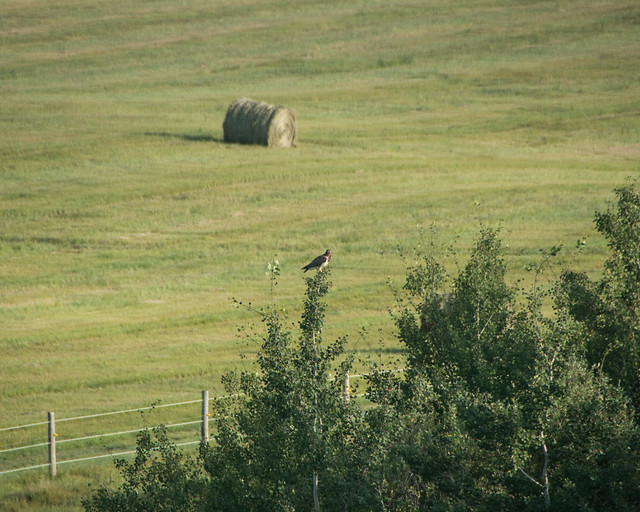Sunday, 21 October 2018
Wildlife, Land, and People
It’s a hefty tome, but we’re intrigued by the premise behind Donald G. Wetherell’s book, Wildlife, Land, and People: A Century of Change in Prairie Canada. The book examines the relationships people have had with wild animals on the Canadian prairies between 1870 and 1960.
Here are just a few excerpts from the Introduction. If you’re interested in environmental history and the changing, complex relationships between humans and non-humans, you can order the book from your library or bookstore.
“Aboriginal economies and the fur trade had depended on wild animals, but the new prairie farm economy had no such long-term needs. Indeed, its success was predicated upon changes in regional fauna and flora. . . . In part this reflected that most Euro-Canadian settlers did not see wild animals as having intrinsic values, nor did they see any personal gain to be derived from accommodating the region’s existing natural systems.”
“An equally important impact of agriculture was the change that it brought to the land. Whatever the number of wild animals killed, the greatest overall change in animal populations and distribution came because of habitat change. Clearing and breaking the land and dedicating every available acre of land to production devastated the habitat of some species while inadvertently creating new niches for others.”
“Legislation about wildlife was important well beyond its enforcement for it created and shaped standards for public encounters with wildlife and asserted the state’s legal authority over all wild animals. This legislation also validated certain patterns of behaviour towards wild animals, explicitly and implicitly promoted assumptions about the value of individual species, and sustained particular social and political relationships with them, including their treatment as natural resources to be exploited and managed for long-term productivity.”
“Keeping wild animals as pets, watching them in national parks or zoos, visiting museums, and participating in natural history outings and meetings often validated human dominance and use of the natural world. But it is equally evident that, for some people, such activities reflected their curiosity and fascination with wild animals and that watching, studying, and interacting with them revealed the magic of life and provided a connection to the world.”
“Bison, for example, only became nostalgic symbols of the prairie past when they had been confined to zoos and parks and no longer challenged Euro-Canadian agricultural settlement.”
“The history of people’s relationships with wild animals on the Canadian prairies can help us understand that while these relationships have often been sorry ones, more sensitive and respectful models and attitudes have been present all along and can be drawn upon to inform our ongoing interaction with the natural world.”

